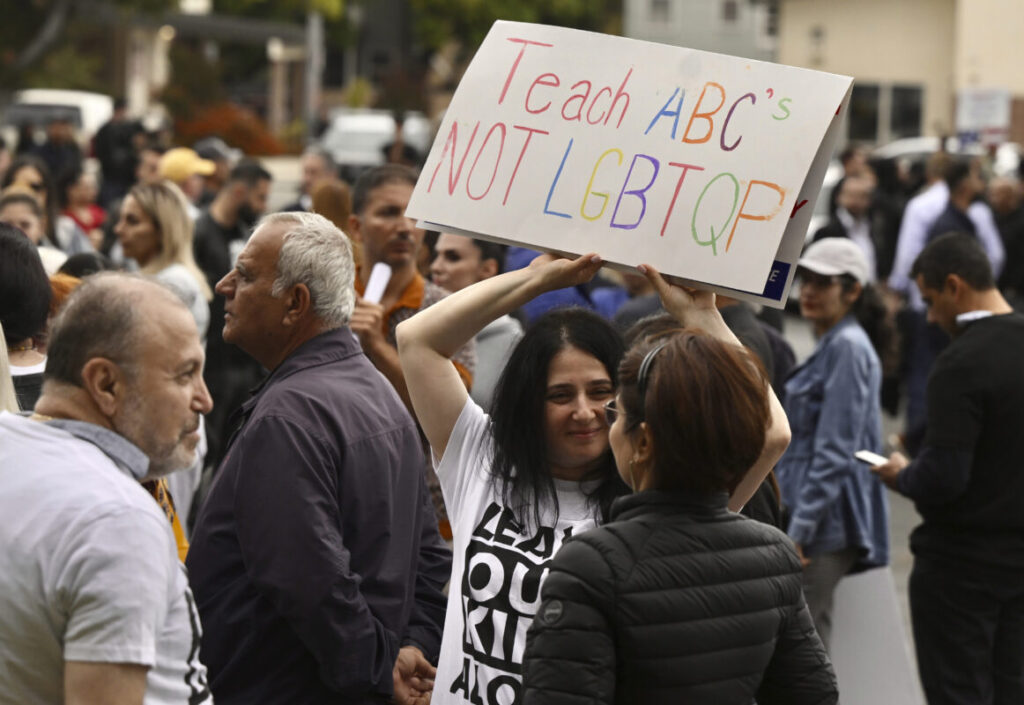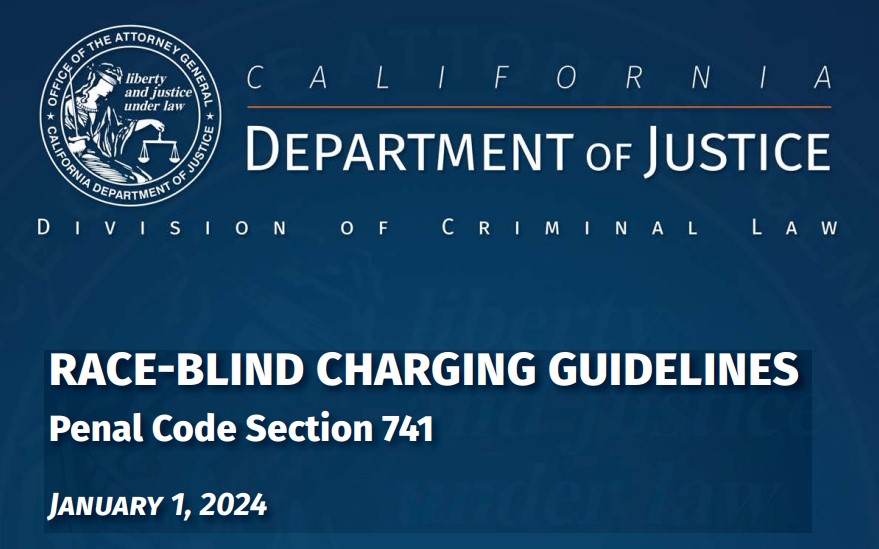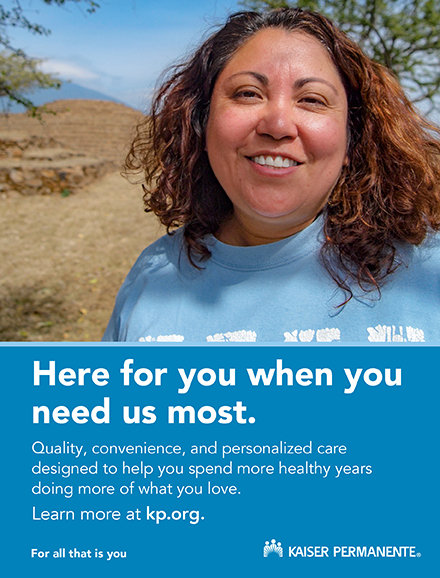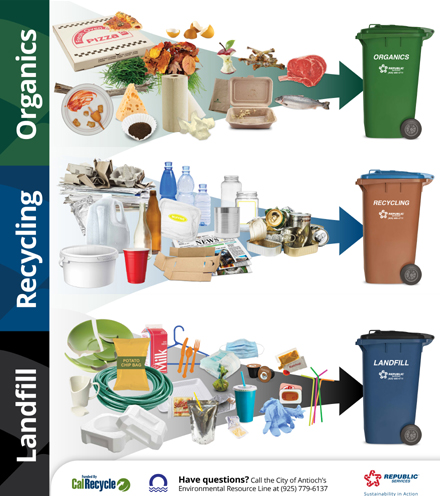As Prop 36 goes into effect CA Attorney General Bonta issues info bulletin to law enforcement
Friday, December 20th, 2024
Increases penalties for shoplifting and certain drug crimes
On Dec. 13, California Attorney General Rob Bonta issued an Information Bulletin to all law enforcement agencies in the state about Proposition 36 which passed overwhelmingly in November and went into effect on Wednesday, Dec. 18th. The bulletin highlights the statutory changes and additions made to current law under the proposition known as “The Homelessness, Drug Addiction, and Theft Reduction Act.”
“Ultimately, our success in combating organized retail crime hinges on our ability to work together, innovate, and remain steadfast in our commitment to protecting our neighborhoods and businesses,” said Attorney General Bonta. “Let us harness the strength of our partnerships, the power of new legislation, and the collective resolve of our community to create a safer and more secure environment for everyone. My office is committed to fighting organized retail crime head on.”
Proposition 36 modifies existing law and adds substantive charges and enhancements to areas of the Penal Code and Health and Safety Code regarding theft, property damage, and drug-related crimes. The changes include the creation of new felony theft and drug crimes targeting recidivist offenders, removal of eligibility for the sentences of certain offenses to be served in county jail pursuant to Penal Code section 1170(h) as opposed to state prison, and alignment of the punishment for crimes involving fentanyl with that of other similar controlled substances.
Following is Bonta’s Information Bulletin:
TO: ALL CALIFORNIA LAW ENFORCEMENT AGENCIES PROPOSITION 36: “The Homelessness, Drug Addiction, and Theft Reduction Act”
On November 5, 2024, California voters passed Proposition 36, known as “The Homelessness, Drug Addiction, and Theft Reduction Act.” Proposition 36 takes effect on December 18, 2024.
Proposition 36 modifies existing law and adds substantive charges and enhancements to areas of the Penal Code and Health and Safety Code regarding theft, property damage, and drug-related crimes. The changes include: (1) the creation of new felony theft and drug crimes targeting recidivist offenders; (2) removal of eligibility for the sentences of certain offenses to be served in county jail pursuant to Penal Code section 1170(h); and (3) alignment of the punishment for crimes involving fentanyl with that of other similar controlled substances.
The purpose of this bulletin is to highlight the statutory changes and additions made by Proposition 36.
CHANGES UNDER PROPOSITION 36 RELATING TO THEFT AND PROPERTY DAMAGE
Penal Code section 490.3 (Aggregation of Losses in Multiple Thefts): Proposition 36 creates a new Penal Code section 490.3 which permits aggregation of the value of property or merchandise stolen during multiple thefts to meet the $950 threshold for a felony without having to prove that the various crimes were motivated by one intention, one general impulse, and one plan. This new section applies to theft or shoplifting, including, but not limited to, violations of Penal Code sections 459.5, 484, 488, and 490.2.
Penal Code section 490.3 applies “notwithstanding any other law,” and is therefore broader than other laws such as Penal Code section 487, subdivision (e) and the new Penal Code section 12022.10,1
1 which would permit aggregation only in limited circumstances, such as if the acts were motivated by one intention, one general impulse, and one plan, or only if there was a common scheme or plan, respectively.
Penal Code section 666.1 (Felony Crime of Theft with Two Prior Thefts): Penal Code section 666.1 is a new, recidivist felony offense of committing petty theft or shoplifting while having two or more prior misdemeanor or felony convictions for specified theft-related crimes. A first conviction under Penal Code section 666.1, subdivision (a)(1) is punishable in county jail pursuant to Penal Code section 1170(h), second or subsequent convictions are punishable in county jail or state prison. Other notable aspects of Penal Code section 666.1 include:
- There is no “washout” timeframe on the prior convictions that qualify a defendant to be charged with a violation of Penal Code section 666.1(a)(1)—all prior convictions qualify, regardless of when they occurred.
- Although Penal Code section 666.1 does not mandate that the two or more specified prior convictions be alleged in the accusatory pleading, existing authority suggests that the prior convictions must be alleged and proved at preliminary hearing so a defendant can be held to answer on a Penal Code section 666.1 charge. (See People v. Casillas (2001) 92 Cal.App.4th 171.)
- Section 666.1 applies “notwithstanding any other law,” meaning that it will apply even if a defendant could alternatively have been prosecuted for a misdemeanor theft-related charge pursuant to another statute.
- Upon arrest on a Penal Code section 666.1 charge, subdivision (c) requires judicial review prior to release from custody to make an individualized determination of the arrestee’s risk to public safety and likelihood to return to court.
Penal Code section 12022.6 (Excessive Takings Enhancement): Proposition 36 re-enacts and modifies several aspects of the Penal Code section 12022.6 enhancement, which was repealed at the end of 2017 because of a sunset date. Penal Code section 12022.6 applies when an offender takes, damages, or destroys property in the commission or attempted commission of a felony, or commits a felony in violation of Penal Code section 496 (possessing/receiving/selling stolen property). This enhancement must be pled and proved. The enhancements are as follows:
- One-year enhancement – loss or property value over $50,000
- Two-year enhancement – loss or property value over $200,000
- Three-year enhancement – loss or property value over $1 million
- Four-year enhancement – loss or property value over $3 million
- One-year enhancement for every additional loss or property value of $3 million (imposed in addition to the four-year, $3 million enhancement)
The enhancements may be imposed if the combined losses to the victims or the combined property values from all felonies exceed the threshold amounts and arise from a common scheme or plan. The enhancement permits the court to impose a Penal Code section 12022.6 enhancement and another enhancement on a single count, including an enhancement pursuant to new Penal Code section 12022.65 (acting in concert to take, damage, or destroy property—see below). Thus, a defendant may be punished for both acting in concert (Pen. Code § 12022.65) and for taking or damaging property valued at more than $50,000 (Pen. Code § 12022.6). The punishment specified in Penal Code sections 12022.6, subdivisions (a)(1) and (a)(2) will continue to apply where Penal Code section 186.11 has been charged, as it previously did.2
Penal Code section 12022.65 (Theft or Property Damage In-Concert Enhancement): Penal Code section 12022.65 is a new enhancement that applies when an offender acts in concert with two or more persons to take, attempt to take, damage, or destroy property, in the commission or attempted commission of a felony. This enhancement has a range of one, two, or three years and must be pled and proved.
CHANGES UNDER PROPOSITION 36 RELATING TO CONTROLLED SUBSTANCES
Health and Safety Code section 11369 (Warning to Dealers of Hard Drugs): Proposition 36 creates a new section 11369 in the Health and Safety Code section 11369 which requires the trial court to advise anyone convicted of a violation of Health and Safety Section 11351, 11351.5, 11352, 11378, 11378.5, 11379, 11379.5, or 11379.6 involving a hard drug,3 that distributing, selling, furnishing, administering, giving away, or manufacturing any drug is extremely dangerous and deadly to human life, and if the conduct continues, the defendant can be charged with homicide, up to and including murder.4 The admonishment must be given to the defendant in writing and the court record must reflect that the admonishment was given.
Health and Safety Code section 11370.1 (Possessing a Drug While Armed with a Firearm): Health and Safety Code section 11370.1 is modified by Proposition 36 to expand the felony crime of unlawfully possessing a specified substance while armed with a loaded, operable firearm to include any substance containing fentanyl. Health and Safety Code section 11370.1 continues to apply to substances containing cocaine, cocaine base, heroin, methamphetamine, or phencyclidine, and continues to provide punishment of two, three, or four years in state prison.
Health and Safety Code section 11370.4 (Controlled Substance Weight Enhancement): Health and Safety Code section 11370.4 is modified by Proposition 36 by adding a new subdivision (c), which provides a range of enhancements for a violation of Health and Safety Code sections 11351, 11352, or a conspiracy to violate either section, involving fentanyl.5 The following chart breaks down the nine new weight enhancements for fentanyl in specific quantities:

New subdivision (e) provides that notwithstanding Penal Code section 1170, subdivision (h)(9), a defendant convicted of an underlying violation specified in Health and Safety Code section 11370.4 (e.g., Health & Saf. Code §§ 11351, 11351.5, 11352, 11378, 11378.5, 11379, and 11379.5) who admits a weight enhancement or for whom a weight enhancement is found true for any of the listed controlled substances, is punishable in state prison and not county jail pursuant to Penal Code section 1170, subdivision (h).
Health and Safety Code section 11395 (“Treatment-Mandated Felony Act”): Proposition 36 creates Health and Safety Code section 11395, a new, recidivist felony offense of possessing a “hard drug” and having two or more prior felony or misdemeanor convictions for specified drug-related crimes. A violation of Health and Safety Code section 11395 is punishable in county jail pursuant to Penal Code section 1170(h) for a first conviction. Subsequent convictions are punishable in state prison. Both first and subsequent convictions are wobblers and eligible for probation unless otherwise prohibited. Other notable aspects of Health and Safety Code section 11395 include:
- Section 11395 applies “notwithstanding any other law,” meaning that it will apply even if a defendant would have been eligible for a misdemeanor drug possession charge (e.g., Health & Saf. Code § 11350 or 11377), Penal Code section 1000 drug diversion, or probation for a non-violent drug possession offense pursuant to Penal Code section 1210.1.
- The two or more prior convictions of specified crimes within Health and Safety Code section 11395, subdivision (c) may be either misdemeanor or a felony convictions.
- There is no “washout” timeframe on the prior convictions that qualify a defendant to be charged with a violation of Health and Safety Code section 11395—all prior convictions qualify, regardless of when they occurred.
- Prior convictions must be pled and proven. (Health & Saf. Code, § 11395, subd. (c).)
- Upon booking for a violation of Health and Safety Code section 11395, subdivision (f) requires judicial review prior to release from custody to make an individual determination of the arrestee’s risk to public safety and likelihood to return to court.
Health and Safety Code section 11395 also provides an option for treatment in lieu of incarceration for its offenses. Health and Safety Code section 11395, subdivision (d) provides that a defendant may choose treatment instead of county jail, state prison, or a grant of probation with county jail as a condition of probation.6 Upon successful completion of the treatment program, the positive recommendation of the treatment program, and a motion by the defendant, the court shall dismiss the Health and Safety Code section 11395 charge. (Heath & Saf. Code, § 11395, subd. (d)(3).)
Penal Code section 12022, subdivision (c) (Drug Crimes While Personally Armed with a Firearm): Proposition 36 amends Penal Code section 12022, subdivision (c) to provide that the enhancement for individuals convicted of specified drug offenses and who are personally armed with a firearm, must serve the additional term in state prison instead of county jail. Subdivision (c) is further amended to provide that, notwithstanding Penal Code section 1170, subdivision (h)(9), a defendant convicted of a specified underlying violation who admits a Penal Code section 12022, subdivision (c) firearm enhancement or has such an enhancement found true, is punishable in state prison even if the underlying offense is a section 1170, subdivision (h) county jail offense.
Penal Code section 12022.7 (Great Bodily Injury (GBI) Enhancement For Drug-Related Injury): Proposition 36 amends Penal Code section 12022.7 to add subdivision (f)(2), which explicitly provides that “a person who sells, furnishes, administers, or gives away a controlled substance is deemed to have personally inflicted great bodily injury when the person to whom the substance was sold, furnished, administered, or given suffers a significant or substantial physical injury from using the substance.” This creates a great bodily injury enhancement that can be charged when the person to whom an offender supplies a drug suffers a serious injury from using the drug, including death.7
1 Penal Code section 12022.10 is a new enhancement created by Senate Bill 1416, effective January 1, 2025, for selling, exchanging, or returning for value, property acquired through one or more acts of shoplifting, theft, or burglary from a retail business. It also applies to attempted selling, exchanging, or returning, and has a sunset date of January 1, 2030. By contrast, Penal Code section 490.3 does not address the aggregation of sales of stolen property.
2 Assembly Bill 1960, effective on January 1, 2025, adds a Penal Code section 12022.6 excessive taking enhancement that is almost identical to that in Proposition 36. The non-substantive difference is that AB 1960 contains a sunset date of January 1, 2030, and Proposition 36 does not contain a sunset date.
3 “Hard drug” means a controlled substance listed in Health and Safety Code section 11054 or 11055, except that it does not include substances listed in Health and Safety Code section 11054, subdivisions (d) and (e), or, with the exception of methamphetamine, any other substance listed in Health and Safety Code section 11055, subdivision (d). (Health & Saf. Code, § 11369, subd. (d).)
4 Vehicle Code section 23593 similarly provides that, upon conviction of certain Vehicle Code provisions, courts are required to give an advisement about the dangers of drinking and driving, and warn that if someone is killed, the offender can be charged with murder.
5 Health and Safety Code section 11370.4, subdivision (a)(1) removes fentanyl from the list of controlled substances. The modification to Health and Safety Code section 11370.4 puts fentanyl in its own subdivision (c)(1) and lowers the quantity thresholds because fentanyl is more lethal than other substances in small doses. Health and Safety Code section 11370.4, subdivision (a)(1) still applies to heroin, cocaine, and cocaine base and does not change the quantities or punishment for those substances.
6 Section 11395 is a deferred entry of judgment program, in which the defendant must plead guilty or no contest before going into treatment; it is not a diversion program.
7 This new language abrogates the California Supreme Court’s decision in People v. Ollo (2021) 11 Cal.5th 682, which held that furnishing a drug that causes death does not necessarily qualify as personal infliction of great bodily injury.
Allen D. Payton contributed to this report.



































